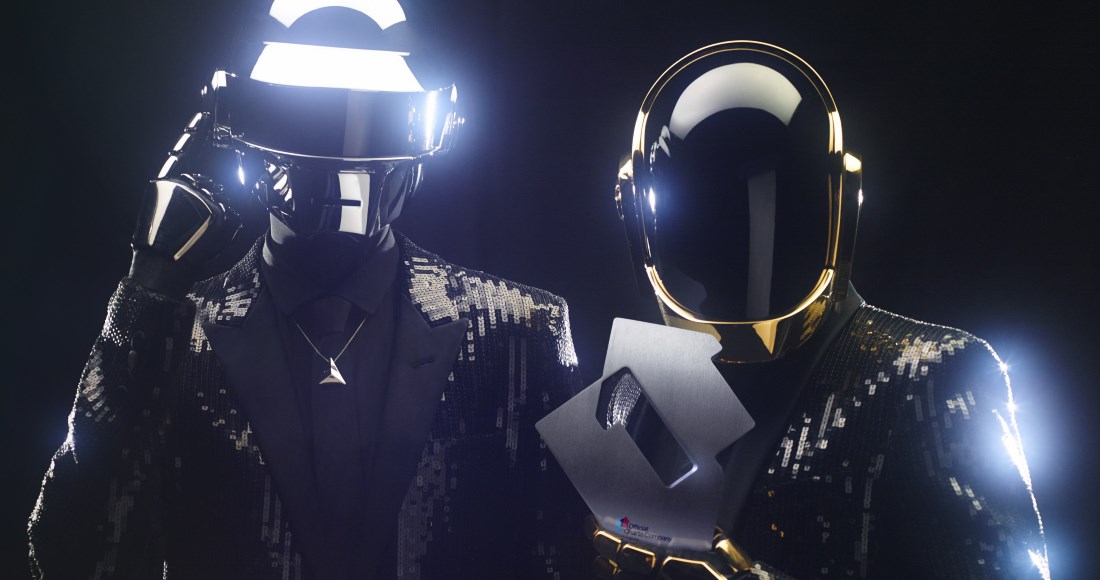
Widely regarded as one of the most influential acts in dance music history, they achieved popularity in the late 1990s as part of the French house movement. “You’ve almost convinced me I’m real,” Williams shakily concludes, but “I need something more.Daft Punk were a French electronic music duo formed in 1993 in Paris by Guy-Manuel de Homem-Christo and Thomas Bangalter. In Williams they have found a persuasively bereft narrator, who comes off as sincere, vulnerable. But Bangalter and Homem-Christo don’t play it as camp.

The track centers an album unafraid of embracing the sentimental goo that makes some ‘70s and ‘80s music so off-putting to subsequent generations. Williams plays a “tourist in a dream” amid a shifting array of musical backdrops – funk guitar, noodling synthesizers, disco kick drums, classical strings, drifting-asteroids ambiance. It’s even got Paul Williams, the septuagenarian auteur behind hits for the Carpenters, Three Dog Night, Helen Reddy and Barbra Streisand. A two-minute monologue from the Italian producer describing how he stumbled upon “a sound of the future” ushers in a suite-like track that blends early disco jazzy interplay from the era of Return to Forever and classical sweep that echoes the duo’s “Tron” orchestrations.Įven more audacious is “Touch,” which sounds like Daft Punk’s answer to ‘70s schlock epics such as “MacArthur Park” or an Andrew Lloyd Webber musical score. “Giorgio by Moroder” is exactly what it says, an homage to disco architect Giorgio Moroder. Throughout the album, the robot vocal tracks sound more expressive than the human voices. Daft Punk expertly exploits the tension between human and machine, feeling and numbness, and turns it into a great dance track. Rodgers’ guitar instantly stamps two more tracks: The addictive house-inspired single “Get Lucky” and “Lose Yourself to Dance,” in which Pharrell Williams sings the hook like a robot while a vocodered, robot-like voice gets to have all the fun improvising a melody. When Rodgers locks into a hypnotic rhythm pocket with drummer John JR Robinson, it feels like it could and should go on forever. Then when the vocoder-enhanced vocals drop away, the guitar becomes more tactile, percussive. What other rhythm guitarist sounds so instantly distinctive? Rodgers’ instrument glides atop the bass and drums, shaping a melody line while dictating groove. The manifesto “Give Life to Music” opens the album with a bombastic, arena-rock flourish, then slides onto the dancefloor behind Nile Rodgers’ guitar. In many ways, it is the least forward-looking Daft Punk recording, but also the most ambitious – a concept album that plays like an alternative music history, with an emphasis on styles and sounds that don’t usually fit into the Baby Boomer-dictated pop/rock canon. Live performance takes precedence over digital precision and editing. The guest list is a mile long, a collection of legends (Chic founder Nile Rodgers), celebrity eccentrics (songwriter Paul Williams), studio heavies (drummer John JR Robinson) and contemporary stars (the Neptunes’ Pharrell Williams, the Strokes’ Julian Casablancas, Animal Collective’s Panda Bear). They jumble ‘70s disco, jazz fusion, progressive music and Tangerine Dream electronica with a side order of pop- and Broadway-manufactured cheese. It was right there in the title of their undercooked 2005 studio album, “Human After All,” and it underpins their soundtrack for the 2010 sequel to a pioneering piece of sci-fi cinema, “Tron: Legacy.” With “Random Access Memories,” they immerse themselves in a time when the technology had not outrun the humanity, when the nexus of machines, studio craft and pop culture was still under construction.

In many ways, that moment was a turning point for live electronic music in America, to the point where it’s now a major industry.Īnd yet, an ongoing theme in the duo’s music has been the struggle to find the soul amid the technology.

They invested the past with a futuristic glow – a feeling that took physical dimension when they staged their appearance at the Coachella festival in 2006 from inside a neon, three-dimensional pyramid. But Daft Punk’s feel-good hooks and the warmth underlying their machine-driven creations were undeniable.


 0 kommentar(er)
0 kommentar(er)
